Miriam Cahn, Eugène Carrière – schreiender säugling
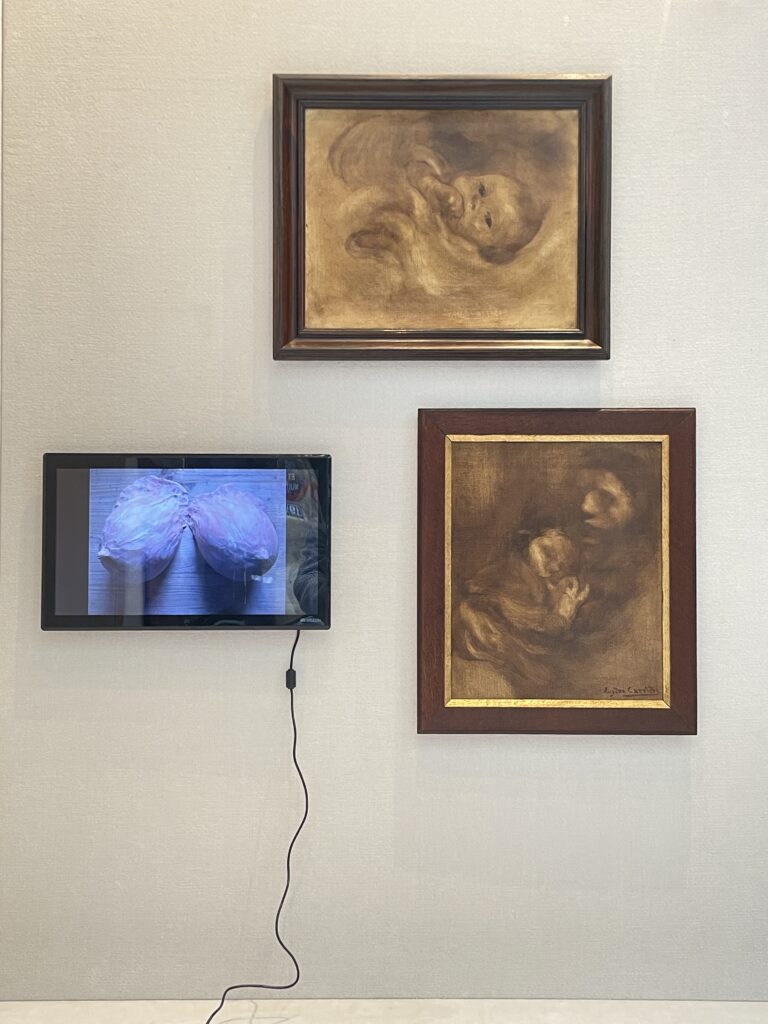
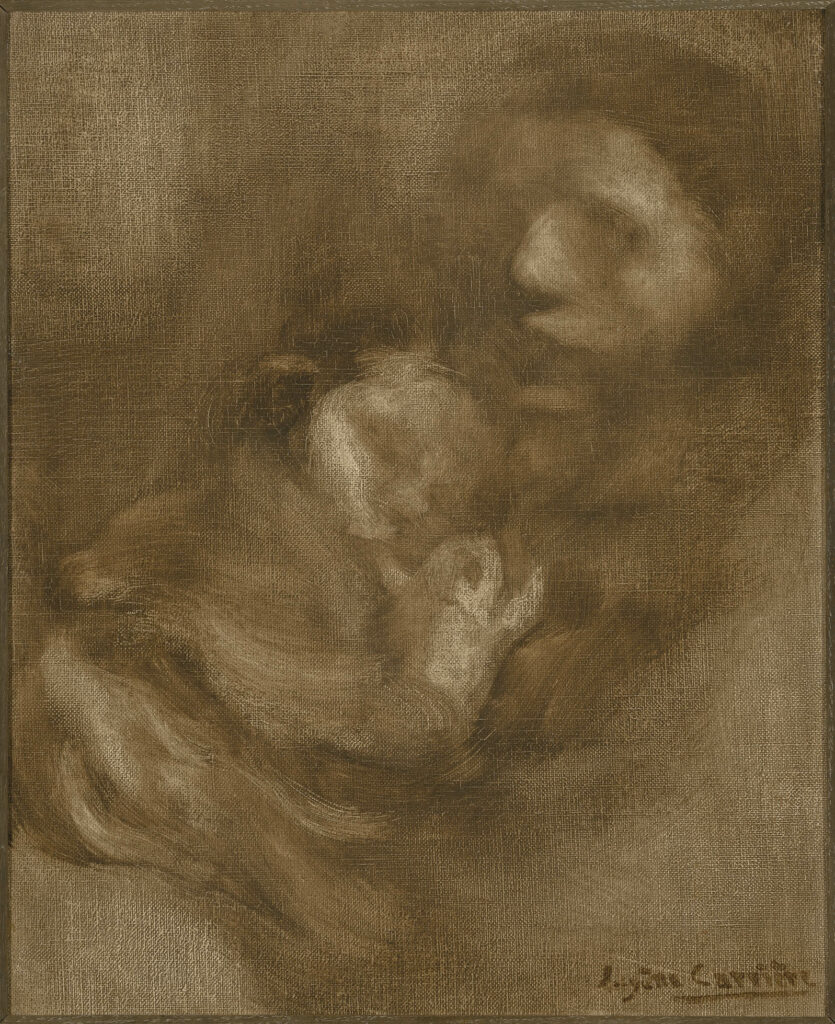
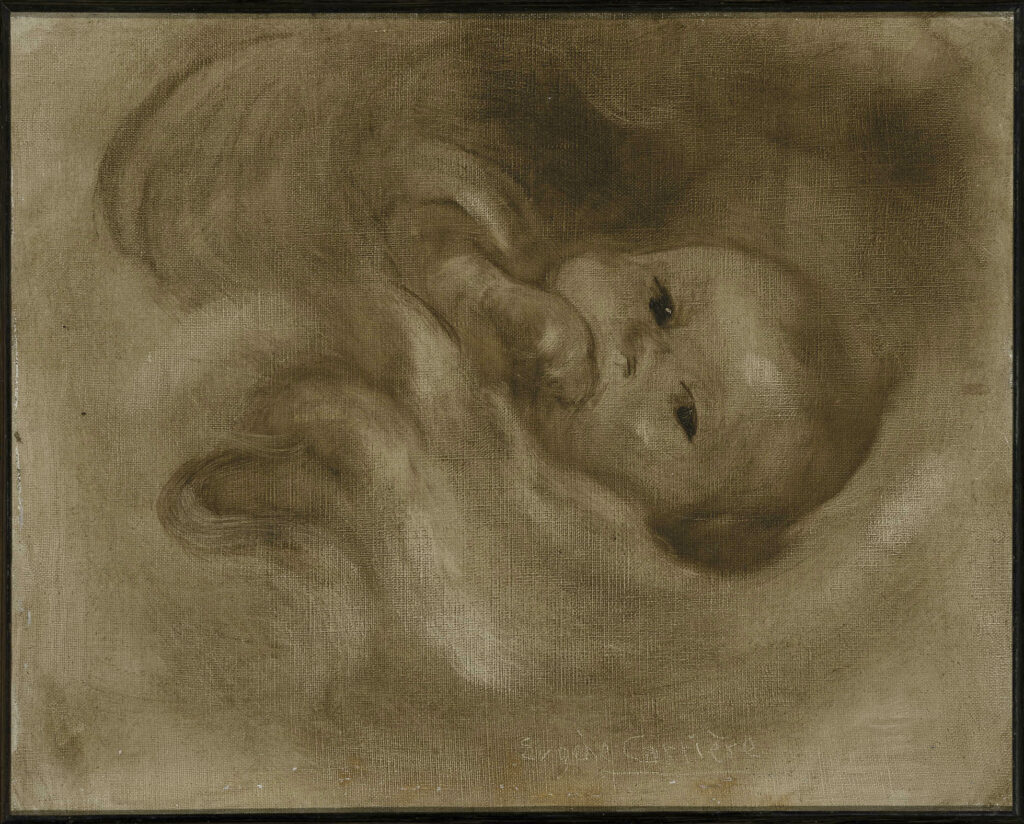
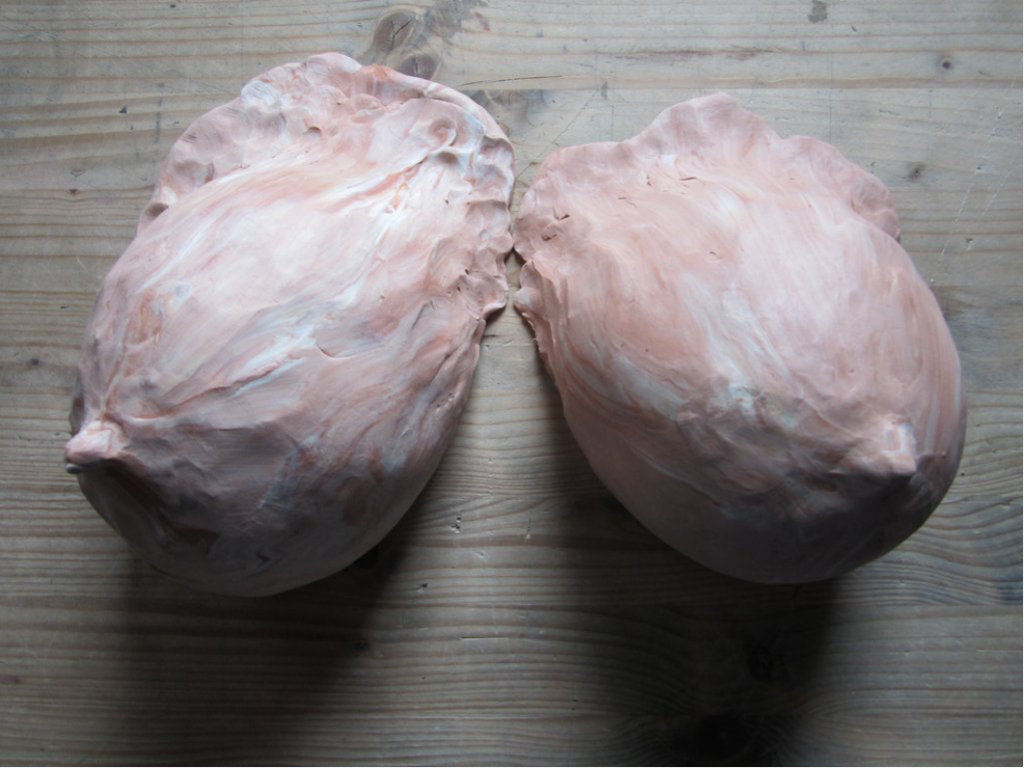
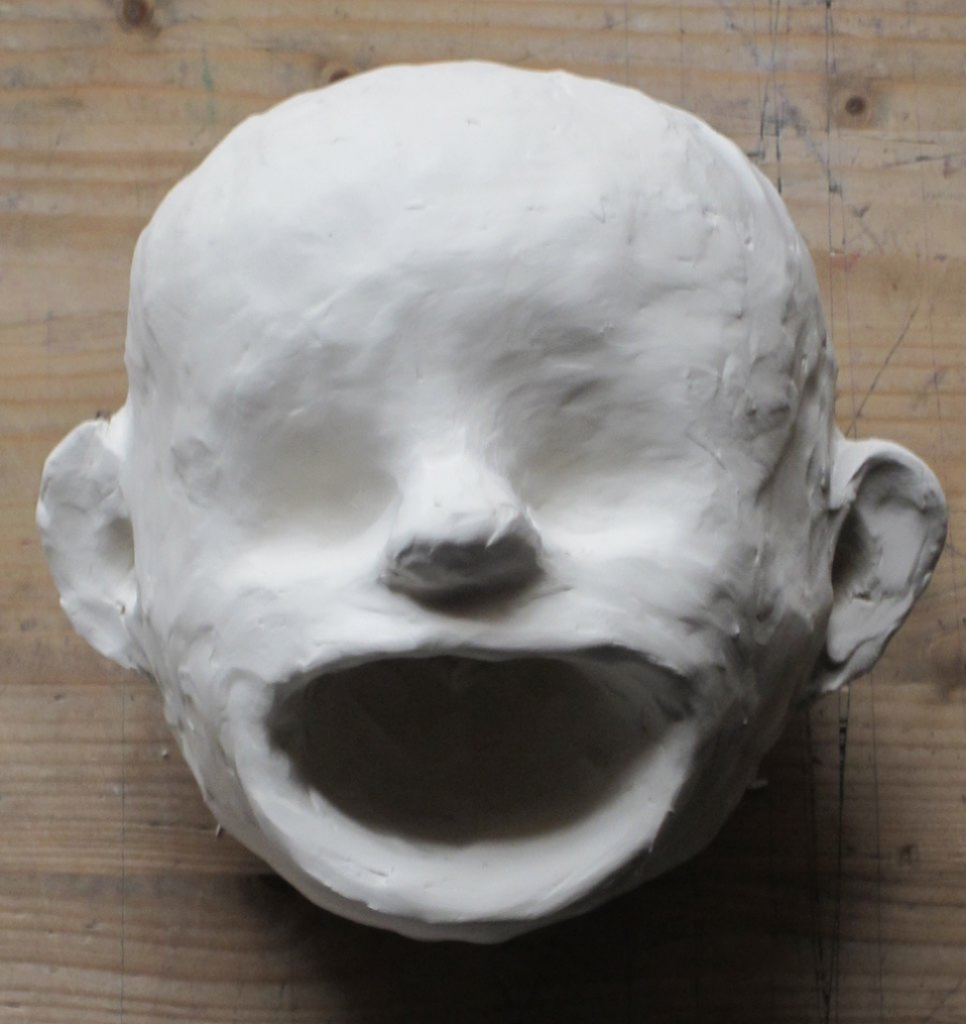
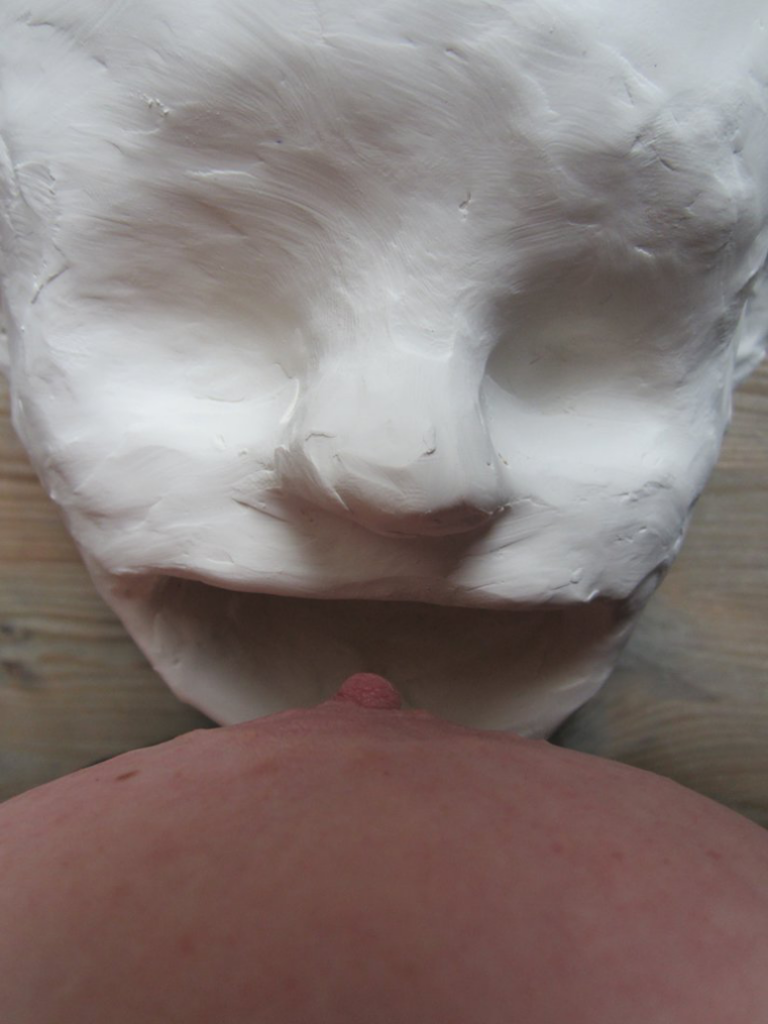
Eugène Carrière (1849 – 1906) was one of the most singular painters of the late 19th century. Unlike the artists and movements of his time, he explored a tight register, both in his means of expression and in his choice of subjects. Using a palette limited to shades of brown, he painted sketchy compositions in which the figures are only shaped by chiaroscuro. The forms emerge from a background devoid of scenery or detail, far from any description or narrative. He painted a few landscapes, still lifes, numerous portraits and, above his own family. A painter of intimacy, Carrière tirelessly captured his wife and children in genre scenes of which he gave multiple variations.
Alongside the paintings by Eugène Carrière, a digital slideshow by Miriam Cahn gives the exhibition its title: schreiender säugling [crying child]. Composed of images edited together to compose a film, the slideshow shows sculptures in various states. A child’s head, mouth gaping. Breasts. These two elements are brought together in a simulacrum of breast-feeding. The sculptures still bear the traces of the hands that shaped them. The artist’s hands appear in some of the photographs, sometimes modelling the forms, sometimes crushing them with the fist. A gesture that, in the ambivalent encounter between the real body and the sculpted body, creates an equivocation that goes well beyond the apparent theme of a child suckling at the breast.
